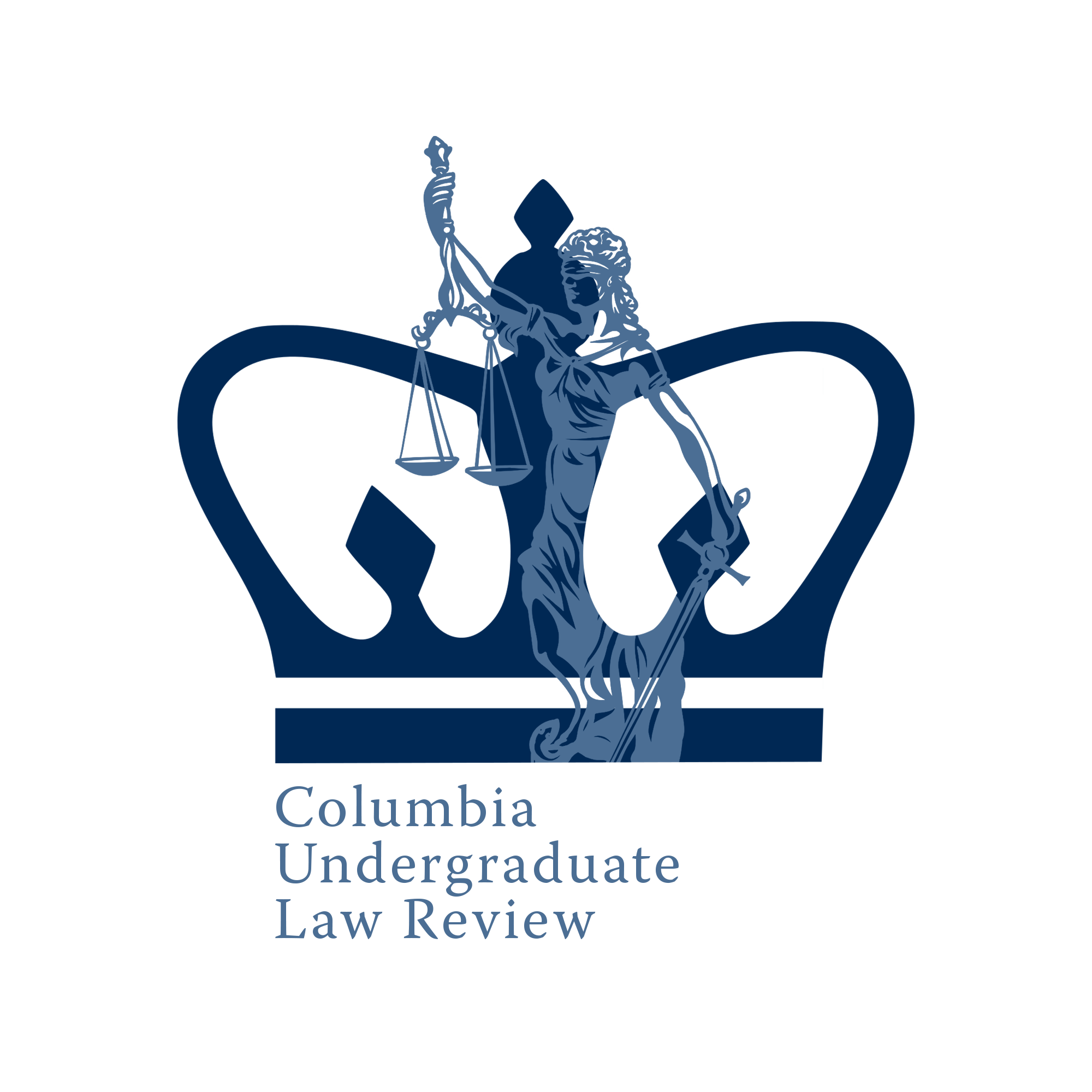Following the publicized police murders of George Floyd, Breonna Taylor, and other Black Americans, there was a nationwide resurgence of Black Lives Matter protests in the summer of 2020. As community members organized marches and other forms of civil disobedience on social media, notably X (formerly known as Twitter), organizers grew concerned that law enforcement officers were using X as a medium to collect information on these protests. Specifically, they claimed that the information would be used in order to arrest participants or quell protests via social media surveillance. Surveillance is “the act of observing another in order to gather evidence” and is a frequent method used by law enforcement to gather evidence for an investigation. With the fears of covert surveillance via social media, Black American community members are now concerned about their privacy rights when engaging in protest, assembly, and expression–acts protected by the First Amendment. Law enforcement’s utilization of X and digital data from other social media sites as a form of surveillance should be considered a violation of the Fourth Amendment’s right to privacy of protestors.
Read MoreInternet celebrity culture, also known as influencer culture, has been rapidly changing over the past decade. “Kidfluencers,” or kid influencers, are children who have large followings on social media platforms (such as YouTube and Instagram), which can come from a social media page for the child themself or the child’s family. Kidfluencers are essentially child entertainers, as they generate income through sponsored content and/or social media platforms’ monetization policies; however, they are not legally considered as such. Furthermore, kidfluencers—alongside legally-recognized child entertainers, such as child actors—are not fully protected by current child labor laws. Even though parents are “to direct the upbringing and education of children under their control” without state interference per Pierce v. Soc’y of Sisters (1925), these kidfluencers remain vulnerable to potential exploitation and abuse without legal protections.
Read MoreIn 2019, the U.S. Supreme Court refused to hear an appeal to the Ninth Circuit Court of Appeals’ decision in Martin v. Boise (2018), which asserted that “an ordinance violates the Eighth Amendment insofar as it imposes criminal sanctions against homeless individuals for sleeping outdoors, on public property, when no alternative shelter is available to them.” [1] The Supreme Court’s refusal renders the Martin decision final, setting a national precedent for the civil rights of those experiencing homelessness. However, the increased presence of hostile, or anti-homelessness, architecture in urban areas still inhibits the homeless individuals’ access to public spaces, essentially placing criminal sanctions on one’s status of homelessness. The COVID-19 pandemic increases the vulnerability of the homeless population by increasing financial instability and limiting shelter capacity. The Martin v. Boise decision does not explicitly protect those experiencing homelessness from anti-homeless architecture; however, its basis on the Eighth Amendment’s protection from cruel and unusual punishment suggests that hostile architecture similarly violates the Eighth Amendment rights of those experiencing homelessness. Hostile architecture must be explicitly challenged in courts to protect the rights of those experiencing homelessness during this particularly exigent time.
Read More


